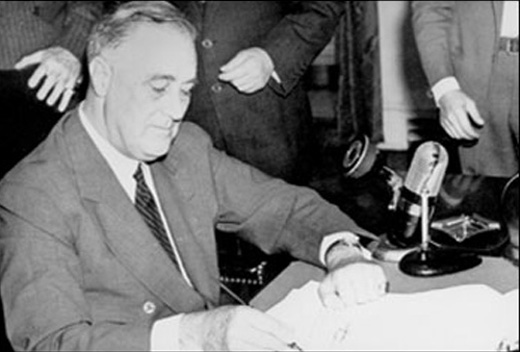Battle of Britain
Day 69
Weather - Cloud and rain over the country.
Combat - Although the weather is poor, an early raid is detected over the Channel at about 0730hrs of nearly 350 aircraft heading directly towards London in several waves. The concentration of R.A.F. fighters already airborne appear to have an effect on the bombers as they spilt up into groups and turn back towards France. Hurricanes of No: 605 Squadron, scrambled from Croydon, find themselves in a battle over Kent with Me-109's of JG51. The Me-109's were led by Major Werner Molders, who shoots down one of the Hurricanes.
Shortly afterwards at about 1000hrs a reconnaissance Ju-88 is plotted off the east coast of Norfolk and Lincolnshire. Hurricanes of No: 257 Squadron are scrambled from Martlesham Heath along with Spitfires of No: 616 Squadron from Kirton-in-Lindsey. The Spitfires successfully intercept and shoot the Ju-88 down into the North Sea.
Throughout the remainder of the day there are no large-scale raids made by the Luftwaffe, but only reconnaissance and fighter sweeps across southern England. Patrolling R.A.F. squadrons make interceptions with a few of these raids.
During the night there are two main phases of attacks. The first raid splits, sending bombers to the Bristol area, Wales, Liverpool and London while later into the night a second raid concentrates on London and the southeast.
R.A.F. Losses: 5 aircraft damaged or destroyed and 1 pilot wounded.
Luftwaffe Losses: 18 aircraft damaged or destroyed, 17 pilots and aircrew killed or missing and 5 wounded.
NOTE: Losses include non-combat patrols and accidents.
[The Battle of the Atlantic
- The British light cruiser Dragon captures the Vichy French steamer Touareg (5135t) off the Congo River.
- U-99 sinks the Norwegian steamer Lotos (1327t) 15 miles northeast of Rockiall. All 17 survivors are rescued.
- German bombing sinks the British steamer Aska (8323t) carrying 186 crew and 358 troops. 11 crewmen and 19 troops are lost. Surivors are rescued by the escort vessel Jason. Also sinking by German bombing is the British steamer City of Mobile (6614t), but the entire crew is rescued.
- The Vichy French steamer Poitier (4185t) is intercepted by the British heavy cruiser Cumberland en route from Libreville to Dakar. Rather than be captured, she scuttles herself. The entire crew is rescued by the cruiser.
The Blitz
170 German bombers are over England. 130 of these hit London and drop 200 tons of bombs.
[Britain, Home Front
Conscription of men aged between 21 and 35 is now permitted by the Selective Service Bill.
[German Raiders
The German armed merchant cruiser Pinguin captures the Norwegian steamer Norvard (4111t) in the Indian Ocean. 28 of her crew are repatriated to Norway in December.
[Mediterranean
Swordfish aircraft from the carrier Illustrious, escorted by the battleship Valiant, attack Benghazi during the night. Four Italian ships are sunk in the harbor, including two destroyers. The cruiser Kent is detached from the force while returning to Alexandria in order to shell Bardia and is badly damaged in an attack by torpedo planes.
[North Africa
The Italians take Sidi Barrani as their cautious advance into Egypt begins to grind to a halt.
[United States, Home Front
Pres Roosevelt signs The Selective Training and Service Act into law. It permits compulsory induction into the armed forces for all males between the ages of 21-35. The Senate amends the bill to limit the number in training at any one time to 900,000.
Selective Service Act Becomes Law |
 |